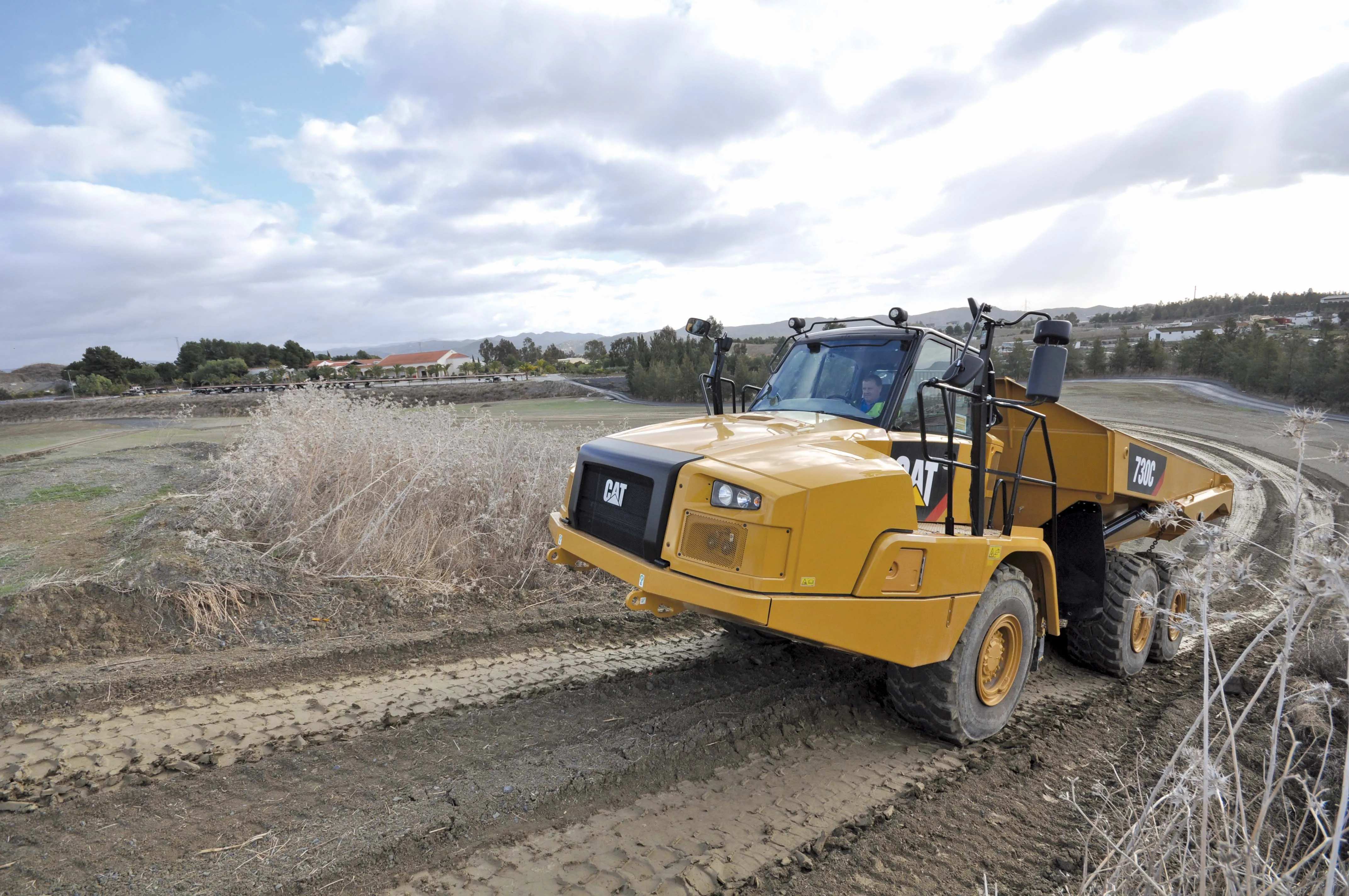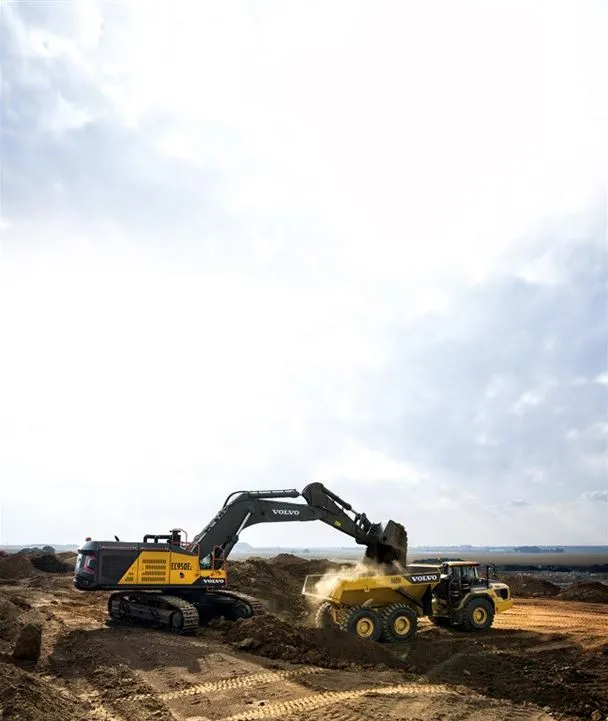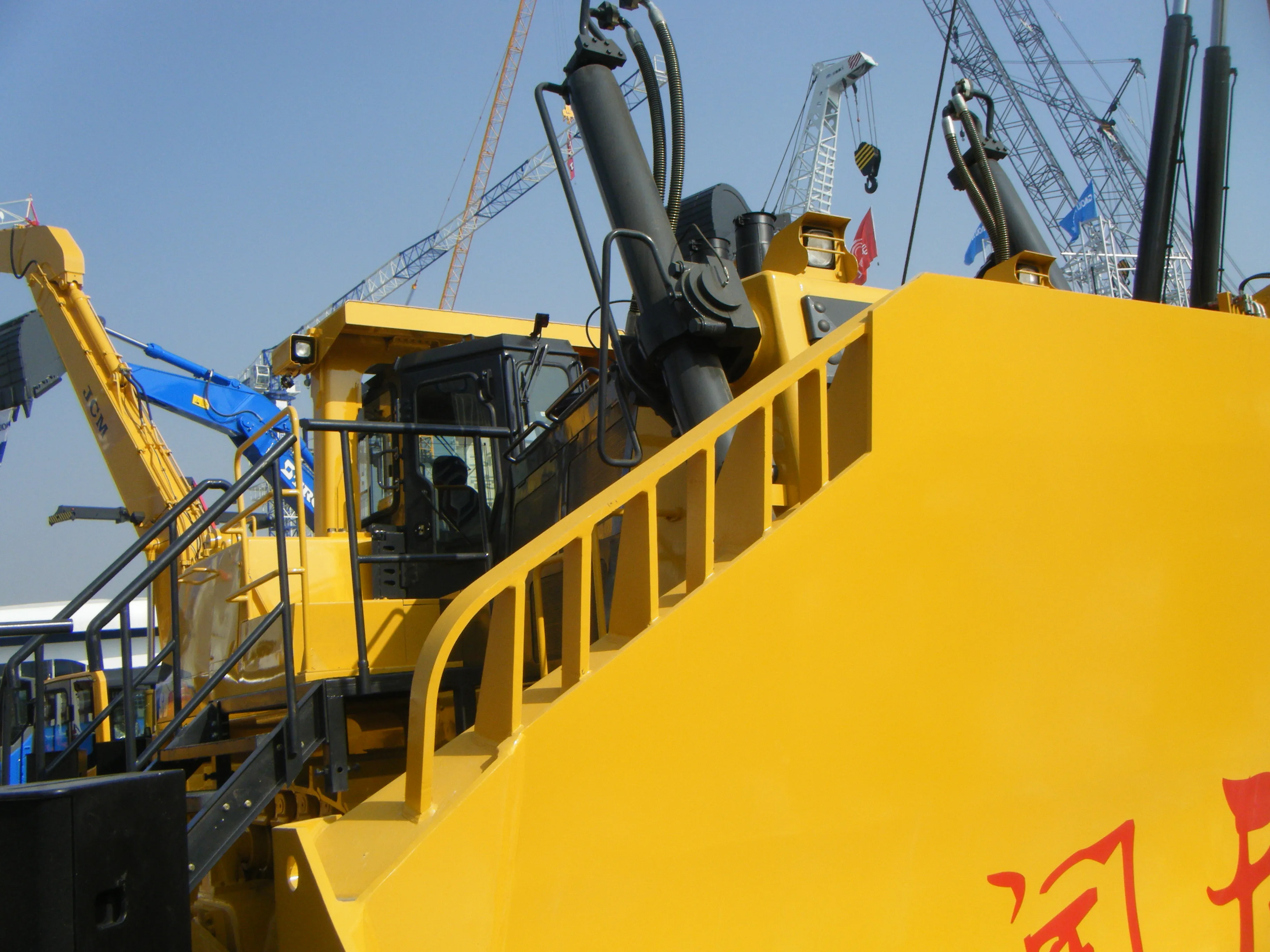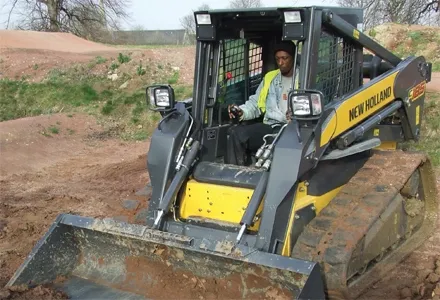A delayed mine expansion project has pushed thousands of new and used equipment onto the market to be sold by global auctioneers Ritchie Brothers by the end of the year.
Steve Simpson, chief sales officer for Ritchie Bros., based in Vancouver, western Canada, said the company aims to sell more than 30,000 items at over 50 unreserved auctions around the world.
Highlights include more than 950 compactors, over 800 excavators, as well as several hundred wheel loaders, crawler tractors, loader backhoes an
October 30, 2014
Read time: 2 mins
A delayed mine expansion project has pushed thousands of new and used equipment onto the market to be sold by global auctioneers Ritchie Brothers by the end of the year.
Steve Simpson, chief sales officer for318 Ritchie Bros., based in Vancouver, western Canada, said the company aims to sell more than 30,000 items at over 50 unreserved auctions around the world.
Highlights include more than 950 compactors, over 800 excavators, as well as several hundred wheel loaders, crawler tractors, loader backhoes and cranes. Items will be sold to the highest bidders regardless of price and without minimum bids or reserve prices.
Specific equipment includes 11 unused161 Atlas Copco ROC D7-11 crawler drills, four unused 196 Cummins 600kW generators, four unused 178 Caterpillar 740B Ejector 6x6 articulated dump trucks and 13 unused 759 Scania and 2394 Volvo water trucks.
Simpson said the equipment has been shipped to several auction sites around the world in Edmonton, Canada, in Panama, in Brisbane, Australia, the Dutch port of Moerdijk, Los Angeles and Dubai.
Interested bidders can test and inspect the equipment items in person at Ritchie Bros auction sites and find detailed information about the equipment on their website.
Steve Simpson, chief sales officer for
Highlights include more than 950 compactors, over 800 excavators, as well as several hundred wheel loaders, crawler tractors, loader backhoes and cranes. Items will be sold to the highest bidders regardless of price and without minimum bids or reserve prices.
Specific equipment includes 11 unused
Simpson said the equipment has been shipped to several auction sites around the world in Edmonton, Canada, in Panama, in Brisbane, Australia, the Dutch port of Moerdijk, Los Angeles and Dubai.
Interested bidders can test and inspect the equipment items in person at Ritchie Bros auction sites and find detailed information about the equipment on their website.









